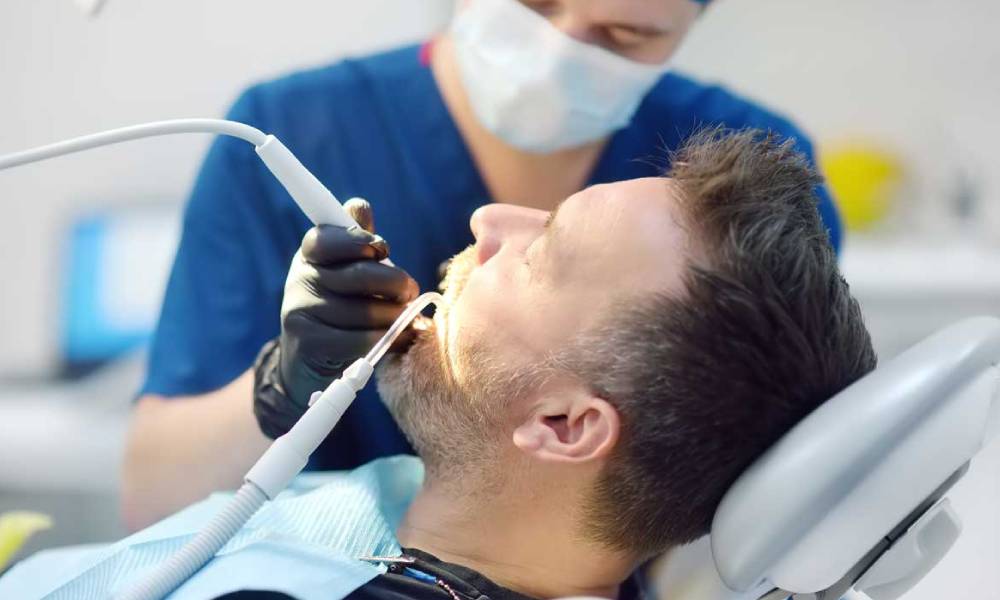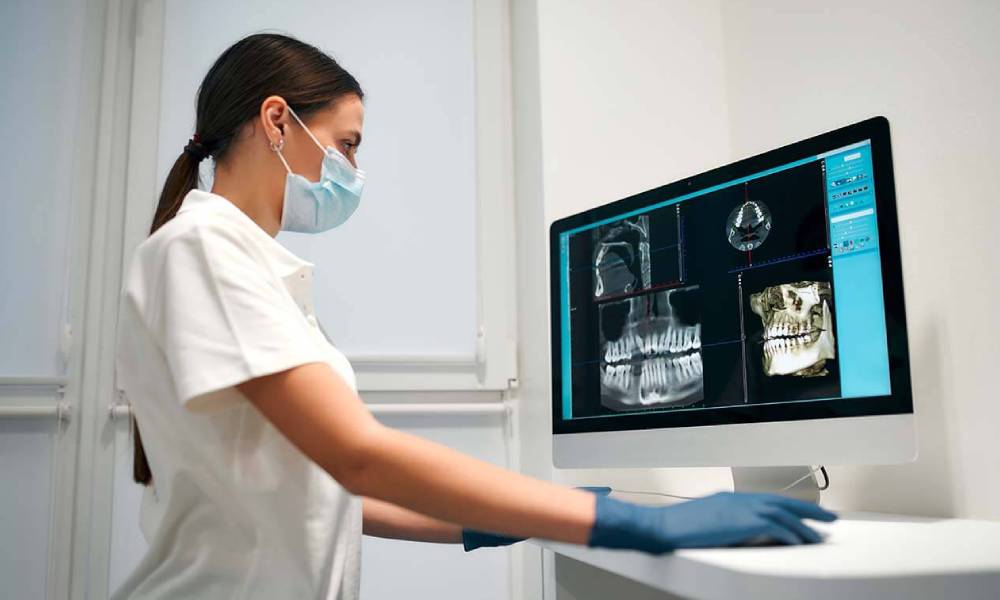A dental implant is a titanium screw that is fitted into the lower or upper jaw to act as an anchor to hold crowns, bridges or dentures. With the advancement in technology and materials, new dental implants can successfully mimic natural teeth and can last for a lifetime.
Dental implants have gone through a revolution in terms of types and procedures. We have described different types of dental implants in our blog. We also have explained the correlated dental procedures that you may have to go through while getting dental implants. Moreover, we have guided you on precautionary measures that should be taken immediately after the surgery.
When Do You Need Dental Implants?
You may need dental implants if:
- When you have one or more missing teeth.
- When you are dealing with loose dentures or partials.
- When you have an infected tooth, and you need it to be removed.
- When you have a loose dental bridge.
- When you are tired of denture adhesives.
- When you have a severely cracked or broken tooth.
- If you want to get rid of your dentures to restore your original smile.
- If you have missing teeth and feel difficulty chewing food

Different Types of Dental Implants
Endosteal Implants
These are the most common and widely used type of dental implants. These implants are placed surgically in the jaw bone, where they act as artificial roots for replacement teeth. They are available in various shapes and sizes, resembling small screws or cylinders.
After implantation, a healing period is required to allow the implant to fuse with the surrounding bone, a process called osseointegration. Once osseointegration is complete, the implant provides a stable and durable foundation for attaching a prosthetic tooth.
Subperiosteal Implants
These plants serve as an alternative for patients who have insufficiently thick jaw bones to support traditional implants. Instead of being inserted into the jawbone, these plants are fixed under the gum tissues using a metallic plate.
For subperiosteal implants, a custom-made metal frame is created to match the contour of the jawbone, and it is placed on or above the bone, with posts extending through the gums to hold the prosthetic teeth securely in place.
All-on-4 Dental Implants
The All-on-4 dental implant technique is designed for patients who require full arch restoration for either the upper or lower jaw. Four implants are placed in the jawbone using a surgical procedure, two implants in the back and the other two in the front.
This angulation maximises the use of available bone and provides sufficient stability for a complete fixed denture to be attached to the implants. These implants are highly cost-effective for those who are missing multiple teeth.
Implant Overdentures
Implant overdentures combine the benefits of removable dentures and dental implants. They are typically used in patients who have most of their teeth.
Implant overdentures are attached securely to dental implants with special bars or attachments. This attachment mechanism allows the denture to snap onto the implants, providing greater stability and reducing denture movement and discomfort during daily activities like eating and speaking.
Zygomatic Implants
They are a highly advanced dental implant option for patients with severe loss of bone in their upper jaw, particularly in the region of the cheekbone or zygomatic bone.
Instead of being anchored in the maxillary bone, zygomatic implants are longer and extend into the zygomatic bone. Using this approach, dentists do not need bone grafting to install dental implants successfully.
Implant-Supported Bridges
These are fixed dental restoration that replaces multiple missing teeth. They are supported by dental implants rather than natural teeth or crowns. The quantity of implants needed is contingent upon the bridge’s length and the number of missing teeth. This method offers a long-lasting solution for patients with consecutive missing teeth.

Other Correlated Medical Procedures
Bone Augmentation
Bone augmentation is the procedure of surgically building sufficient bone to carry out a medical procedure. This procedure is carried out on patients who have lost their jawbone due to an accident.
The dentists use this procedure to restore enough jawbone to anchor the implants in it firmly.
Sinus Lift
A sinus lift is a surgical procedure to elevate the sinus floor and create enough space to insert dental implants. This procedure is particularly used for inserting implants in the upper jaw. The sinus lift is performed on those patients who do not have an increased sinus cavity and does not have enough bone height to support the implant and heal afterwards.
Ridge Expansion
Ridge expansion or ridge splitting is a procedure of increasing the girth of the residual dental ridge. This process is used where the jaw is not wide enough to support the implant.

Precautions to Take After Getting Dental Implants
There are some precautionary measures that should be taken immediately after getting your implants, such as:
- Avoid any strenuous exercise for the next few days, such as lifting or running.
- Do not eat until the effects of local anaesthetics are worn off.
- Do not eat hot food for at least the next 24 hours.
- Avoid smoking or drinking for the next two weeks because it will slow down the healing process.
- Do not brush the site of the surgery for a few days.
- If you wear dentures on the surgical sites, you should not wear them for a few days unless the site is healed.
- Be careful when blowing your nose if you have gone through a sinus lift. Also, do not swim for the next few days.
